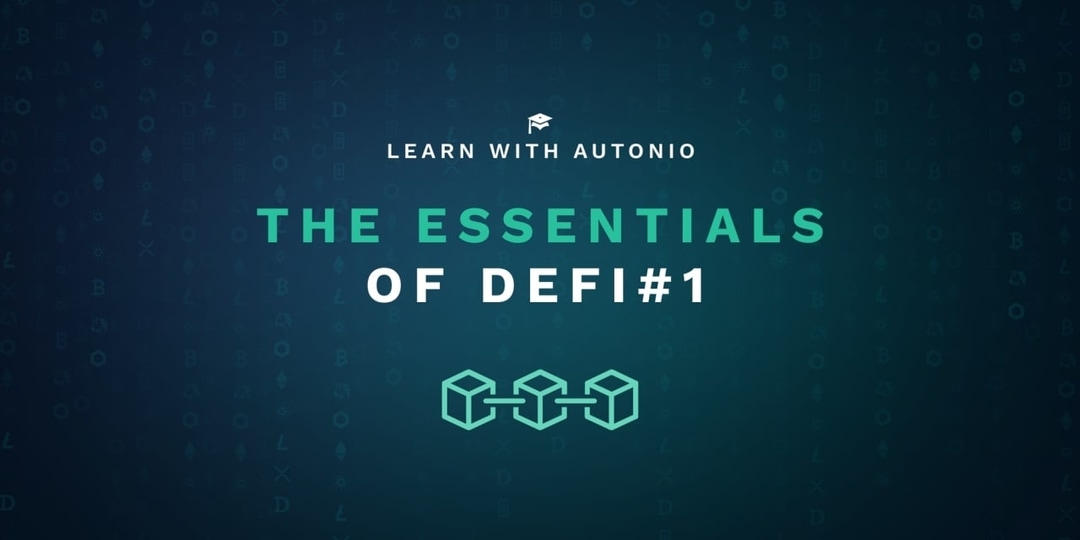
In the world of fiat currency there is an obscure yet firmly established hierarchy that controls the creation, circulation, and management of all matters in the financial domain. For ordinary consumers, the main way that we interact with this incomprehensible system is with banks, which have been thought of as the trusted intermediaries for millennia, and will gladly take our funds in exchange for a bank slip that supposedly ensures our money is safe with them.
Since the majority of the population has been educated this way about finance, there is little questioning of what really goes on behind-the-scenes. This is true not only with banks, but higher level institutions as well that can seemingly print billions out of thin air without anyone blinking an eye. Nevertheless, before the rise of DeFi, we have always had an urgent need to prove ourselves to our gatekeepers, the banks, in order for them to grant us access to a tiny sliver of the system.
Additionally, banks have strict criteria as to who and what they deem trustworthy for their services. As a result, a huge portion of the world has never even been able to open a bank account and therefore been excluded from progressing financially. Fortunately however, the essentials of DeFi operate on pillars that are both trustless and permissionless and remove the longstanding barriers of the fiat world.
To start with, the intermediaries are effectively eliminated with blockchains, which rely on a decentralized populace to verify transactions on their network nodes. With a revolutionary technology serving as the foundation, DeFi takes it a step further by replacing the work of financial institutions with smart contracts. This change gives such a drastic face-lift to money, as instead of dealing with bank processes shrouded in secrecy, smart contracts are open source, programmable, and accessible for anyone to contribute.
Nowhere is this more evident than in the borrowing and lending markets of DeFi, where people can borrow/lend crypto assets by sending their funds into a smart contract and instantly close the deal. There are no underwriters, credit scores, or tedious forms to be found, although there are a few simple steps to follow. Most notably, is the common practice of putting up collateral to ensure security for the lender.
This means that loans in DeFi operate on the principle of loan-to-value (LTV). Simply put, if you were to deposit $1,000 of USDT and the protocol had a 70% LTV then you would be able to borrow $700 USDT. As mentioned, this helps protect lenders and is especially important when dealing with volatile currencies that aren’t stablecoins. The concept of interest still exists in DeFi, and for many lenders it is an easy way to earn passive income. For borrowers however, the main draw of DeFi loans is to access liquidity without having to sell their crypto.
Though overcollateralized loans have undoubtedly become the go-to method for borrowing and lending in DeFi, a recent innovation of flash loans have brought uncollateralized loans into the marketplace. While at the moment they are mainly accessible to developers and the technically savvy, flash loans allow users to take out a loan and repay it in the same transaction.
The essentials of DeFi being permissionless and trustless make it possible for anyone with a crypto wallet and internet connection to participate. Gone now are the days of lengthy transaction times and some entity telling you “no” based on their own inflexible standards. As blockchain continues to remove the need for legacy financial institutions, the ease and efficiency of DeFi will help usher in a new era of finance.
Originally published: https://www.autonio.foundation/posts/learn-with-autonio-the-essentials-of-defi